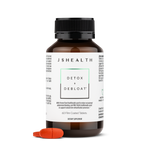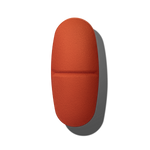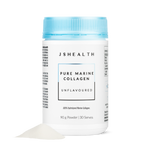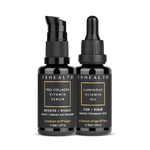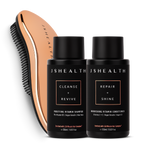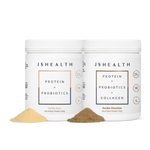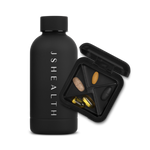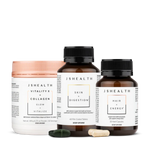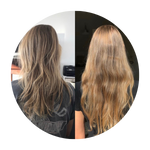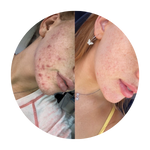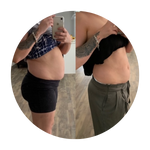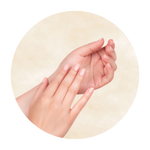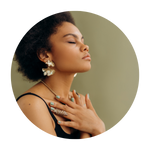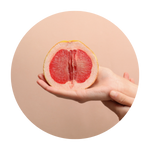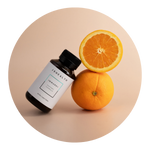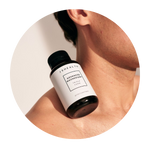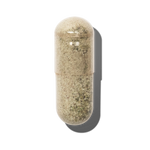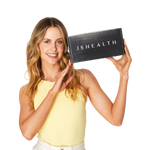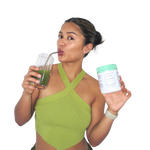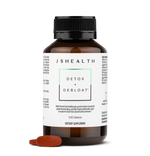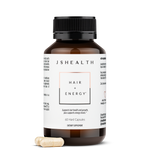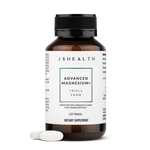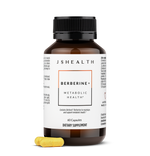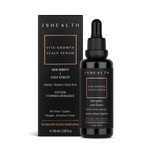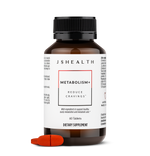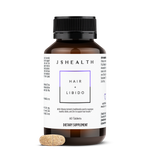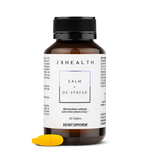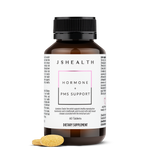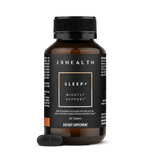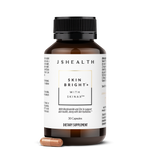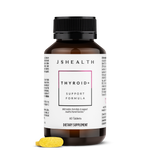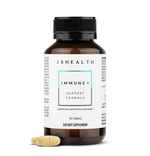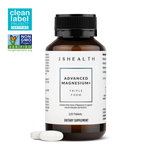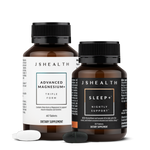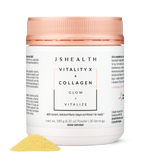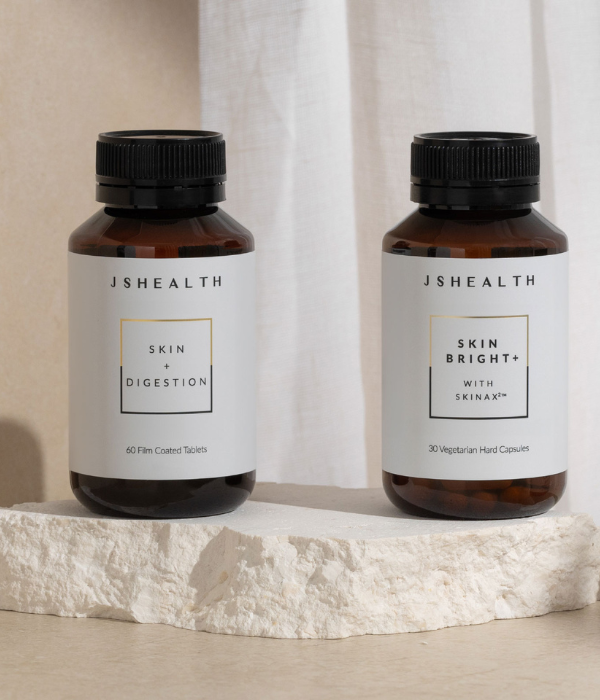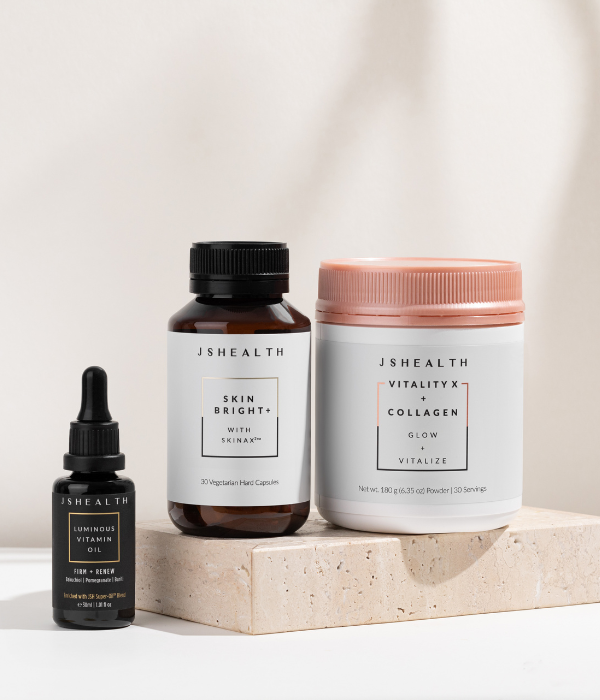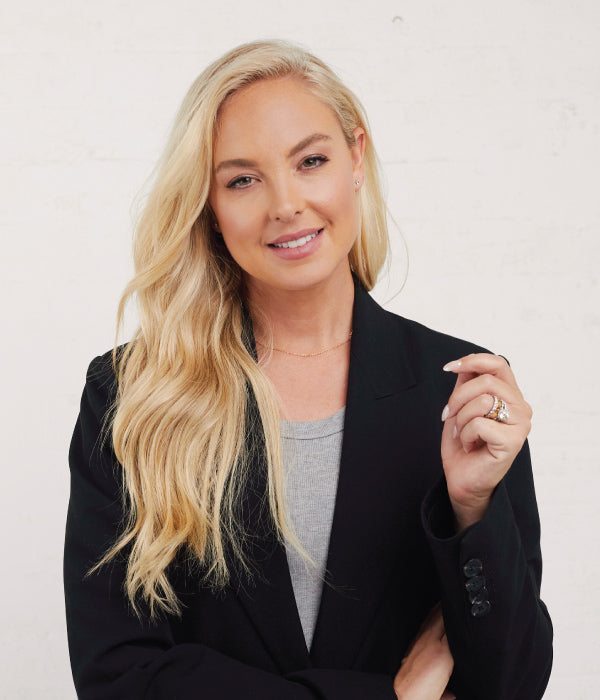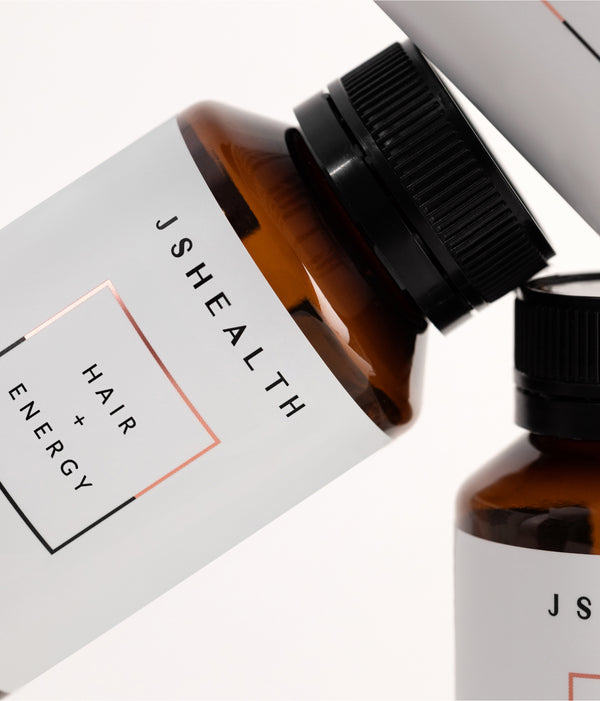25% OFF SUBSCRIPTIONS!*
6 Ingredients To Avoid in Shampoo
You're standing in the hair care aisle, scanning rows upon rows of brightly colored shampoo bottles. Fragrance, volume boost, color protection – the options seem endless. But as you flip a bottle to read its ingredient list, you come across names that sound more like a chemistry experiment than something you'd want to lather into your hair.
The right products will support the health of your hair and keep it looking its best, while working to be as gentle as possible to your locks.
We’ll review what harmful ingredients to watch out for, why you should avoid them and offer alternatives to help your hair be healthy and beautiful without the unnecessary side effects.
Ingredients To Avoid in Shampoo
When you glance at each of the ingredients to avoid in shampoo we’ll focus on in this article, they don’t look immediately insidious. In fact, many of the following shampoo ingredients seem to work miracles for your hair, at least temporarily — smoothing it, making it shiny or locking in moisture.
However, each made our list for a reason; every ingredient has potential side effects for your hair, body or the environment. We’ll closely examine each of them and break down how they can be so harmful so you know exactly why we recommend you find alternatives.
#1) Parabens
The first of the ingredients to avoid in shampoo is parabens. These human-made chemicals have been used as preservatives in products like cosmetics, shampoos and conditioners since the 1920s. Parabens help prevent the growth of dangerous bacteria, fungi and molds while also extending the shelf life of the products they’re used in.
Parabens can be easily identified because they contain the “-paraben” suffix. Common parabens found in beauty products include:
- Butylparaben
- Ethylparaben
- Isobutylparaben
- Isopropylparaben
- Methylparaben
- Propylparaben
Often, a product will contain more than one paraben in its formula.
Although parabens have been around for roughly a hundred years, we are learning more and more about their potential risks.
Parabens are also relatively easily absorbed, meaning more can enter your body than other chemicals. While they are also excreted from the body quickly, they spend enough time there to be potentially dangerous — especially if used long-term.
Certain parabens, like isobutylparaben and isopropylparaben, have been banned in certain countries.
#2) Silicones
Silicones aren’t quite as old as parabens — they’ve only been around since the 1970s — but they are another controversial and potentially dangerous ingredient to avoid in shampoo. They are still featured in hair products because of their ability to coat the hair shaft, locking in moisture, reducing frizz and making your hair feel soft and silky smooth (especially in high humidity).
Multiple silicones can make their way into hair products — look for the “-cone” suffix.
Dimethicone is one of the most common, as it is excellent at temporarily smoothing over rough textures and forming a barrier that keeps moisture in the hair. However, if you have enough dimethicone in your hair, it can go the other way and lock moisture out. Dimethicone can also clog the pores on your scalp (or wherever else it comes into contact with — impacting the hair follicles' ability to stay open and help the hair grow strong and healthy).
When used for an extended period of time, dimethicone can also build up on your hair and cause it to look dull and dry while also making it more prone to breakage. Not all silicones are “bad,” though; cyclomethicone is far more breathable, lightweight and water-soluble.
#3) Sulfates
Sulfates are a type of surfactant — chemicals used as detergents and lathering agents.
Two primary sulfates are commonly found in hair care product ingredient lists — sodium lauryl sulfate (SLS) and sodium laureth sulfate. You may also see ammonium lauryl sulfate and ammonium laureth sulfate.
While sulfates can make you feel like you’re getting your hair squeaky clean, there is a downside to all that lather. When you use shampoo with sulfates regularly, even if you don’t wash your hair every day, the result is that your hair starts to dry out. This happens because the sulfates' detergent properties strip your hair of its natural oils, making it less able to protect itself and retain moisture effectively.
Sulfates can also increase lead to skin irritation, especially on your scalp.
#4) Formaldehyde
You may know formaldehyde because it’s one of the main components of embalming fluid. If that’s all you know about it, you’re probably already wondering why you would even consider putting it in your hair in the first place. But formaldehyde (and formaldehyde releasers) are also common in many hair care products.
Formaldehyde is a human carcinogen, a substance that has been known to cause cancer. In addition to being dangerous, formaldehyde is more easily absorbed into the skin than other chemicals, so it has an increased chance of negatively impacting your health (especially if used long-term).
Look for and avoid the following ingredients:
- Bronopol
- Diazolidinyl urea
- DMDM hydantoin
- Imidazolidinyl urea
- Quaternium-15
- Sodium hydroxymethylglycinate
#5) Phthalates
Phthalates are a family of chemicals commonly used to make plastic products more durable. What does that have to do with your hair, though? More than you’d think!
Although less common in shampoos than in other hair products, like gels, phthalates work as gelling agents that provide hold and “lock in” that amazing fragrance so many products are known for.
While we’re still learning how long-term exposure to phthalates will affect us (and most studies performed to this point have been done on animals), we do know that they can be dangerous for the environment.
#6) Alcohols
While alcohol isn’t as concerning as other ingredients to avoid in shampoos, there are a few to look out for that can harm instead of help your hair.
The primary ingredients that are “bad” for your hair to look out for on an ingredient list are short-chain alcohols like ethyl alcohol and isopropyl alcohol.
These ingredients are known for their drying properties, although too much of them can go in the other direction and dry your hair too much — leaving it brittle and more prone to breakage. People with naturally curly or wavy hair may be even more at risk for experiencing these side effects, as their hair is not as able to hold on to moisture.
However, other alcohols in hair ingredients have much more beneficial effects — cetearyl alcohol. It’s added to personal care products as an emulsifier, keeping it from separating into its liquid and oil components. Cetearyl alcohol can also be used as a thickening agent. Stearyl alcohol and lauryl alcohol are also considered “good” alcohols, as they can all draw moisture into the hair and add slip to help with detangling.
What Should You Look For Instead?
So, avoiding toxic ingredients is vital for keeping your hair (and the rest of you) healthy and safe. But what should you be looking for instead?
The first step is knowing your hair — what does it need? Do you have dry hair? Does it get frizzy? Is it curly or wavy? Pin straight? Every type of hair needs a slightly different kind of support and identifying whether your hair could use extra moisture or a clarifying shampoo can make an enormous difference.
We also recommend keeping your hair products as natural as possible. Although ingredients like parabens and sulfates can make your hair look smoother temporarily, more natural ingredients like jojoba and coconut oils can provide more long-term benefits without the risk.
Luckily, the vast majority of the ingredients to avoid in shampoos are more well-known now. That means many companies will avoid them or offer alternatives, stating specifically on the label that they are “sulfate-free.” However, we still advise you to check the ingredient label thoroughly — there are some products that may be listed under alternative names.
In addition to making wise choices about what ingredients to avoid in shampoo, you can support your hair’s health and beauty by giving it what it needs from the inside. Supplements that focus on providing the right vitamins and minerals for hair can provide the essential nutrients required for strength and growth.
When combined with eating a healthy diet and reducing your use of heat-based hair styling tools (like straighteners or curling irons), you can positively impact your hair.
In Conclusion
Knowing what ingredients to avoid in shampoo is crucial for keeping your hair healthy, beautiful and strong. The wrong ingredients can be detrimental to your hair’s health and appearance, but avoiding them can give your hair a chance to heal and become as beautiful as it was always meant to be.
For more tips and tricks on creating the perfect, supportive hair care routine, follow us at JS Health.
Sources:
Parabens Factsheet | National Biomonitoring Program | CDC
Phthalates Factsheet | National Biomonitoring Program | CDC
Formaldehyde and Cancer Risk | NCI
Urinary Paraben Concentrations and Ovarian Aging among Women from a Fertility Center | PMC
